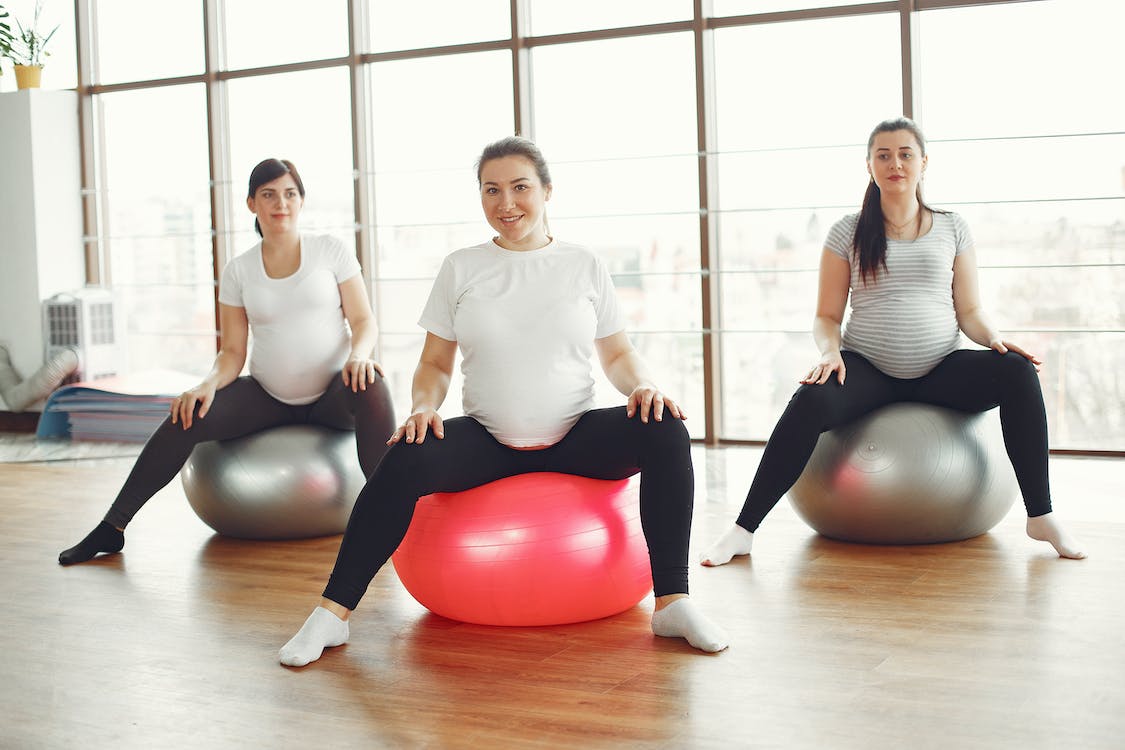Fitness and functional mobility depend on a strong core. In addition to assisting with balance and posture, it offers structural support for the pelvis and spinal column. The coreball, often called a stability ball or exercise ball, is a useful instrument for building core strength. In this post, we’ll look at a variety of core ball workouts that can help you strengthen your core and improve your fitness and health as a whole.
Benefits of Core Ball Exercises
Core ball exercises offer several benefits for individuals of all fitness levels. Some of the key benefits include:
- Core strength: The abdominals, obliques, lower back, and pelvic muscles are the primary targets of coreball workouts. Strengthening and toning these muscles via regular practice helps increase core strength and stability.
- Balance and stability: Maintaining your balance and stability while performing core ball workouts requires you to actively use your core muscles. This can aid in the development of proprioception (the body’s ability to perceive its position in space) and the strengthening of balance and stability, both of which are important in many contexts.
- Posture improvement: Poor posture, brought on by a lack of strength in the abdominal muscles, is a common cause of back discomfort and other musculoskeletal complaints. Improve your posture and lessen your chance of developing postural abnormalities with the help of certain core ball exercises.
- Versatility: Abdominal crunches, planks, bridges, and other activities are just few of the many that benefit from using a coreball. They’re a multipurpose tool for health and fitness because you can use them for everything from strength training to Pilates to yoga to rehabilitation.
Core Ball Exercises
Here are some effective coreball exercises that you can incorporate into your fitness routine:
- Ball Crunches: Roll the coreball till it supports your lower back while seated on the floor with your feet flat on the ground. Crunches are performed by bringing the upper body towards the knees while contracting the abdominal muscles; the hands can be placed behind the head or crossed over the chest. Ten to fifteen times through, slowly lower yourself back down.
- Plank: Put the core ball between your forearms and get into a push-up position, keeping your body in a straight line from head to toe. Maintaining your balance on the ball while actively engaging your core will take 30-60 seconds.
- Russian Twists: Roll the core ball till it supports your lower back while seated on the floor with your feet flat on the ground. Extend your arms in front of you while holding a weight or a medicine ball. Keep your balance on the ball as you twist to the right and then the left with your torso. Ten to fifteen reps should be done on each side.
- Hamstring Curl: Position yourself on your back with your feet propped up on the core ball and your arms at your sides. Bridge your body by pressing your heels into the ball and lifting your hips off the floor. Extend your legs again after bending your knees and rolling the ball towards your glutes. Ten to fifteen times.
- Superman: Put the core ball under your hips and lie on your stomach with your arms stretched out in front of you. Maintain your balance on the ball by engaging your core and lifting your arms, chest, and legs off the ground. After a little pause, release and return to starting position. Ten to fifteen times.
Safety Tips
It’s crucial to think about precautions when doing coreball exercises. The following are some precautions you should take:
- Choose the right size ball: Core balls exist in a variety of sizes, and it’s important to pick one that’s appropriate for your body. Knees should be at a 90-degree angle and feet should be flat on the floor when sitting on the ball. Using a ball of the appropriate size will guarantee safety and prevent harm.
- Maintain proper form: To avoid stress or damage, it is essential to perform all exercises correctly. When doing coreball workouts, it’s important to keep your posture and alignment in mind. Maintain an active core, a straight back, and fluid motions. Don’t curve your back or overextend your joints, and keep your back straight.
- Start with beginner-friendly exercises: If you’re just getting started with core ball workouts, it’s ideal to begin with simpler moves designed with beginners in mind and work your way up to the more difficult ones. Your body will have time to adjust and grow stronger, and you won’t have to worry as much about being hurt.
- Use a spotter if needed: Balance exercises and other more complex coreball movements may call for a spotter or some other form of assistance. Consider exercising with a partner or in close proximity to a wall if you lack confidence in your balance or stability while executing an exercise.
- Listen to your body: You should listen to your body and stop exercising if it starts to hurt. One must learn to respect one’s physical limitations and listen to their internal cues. If you need to make adjustments to the exercises or get some advice from a fitness expert, do so.
Conclusion
You may strengthen your core, boost your balance and stability, and increase your overall fitness by including core ball workouts into your current workout program. To avoid harm, however, it is essential to exercise using correct form and observe all necessary safety measures. If you are unfamiliar with coreball workouts or have any health concerns, you should talk to a fitness professional. Get in better shape and feel healthier by doing core ball workouts to strengthen your core.











